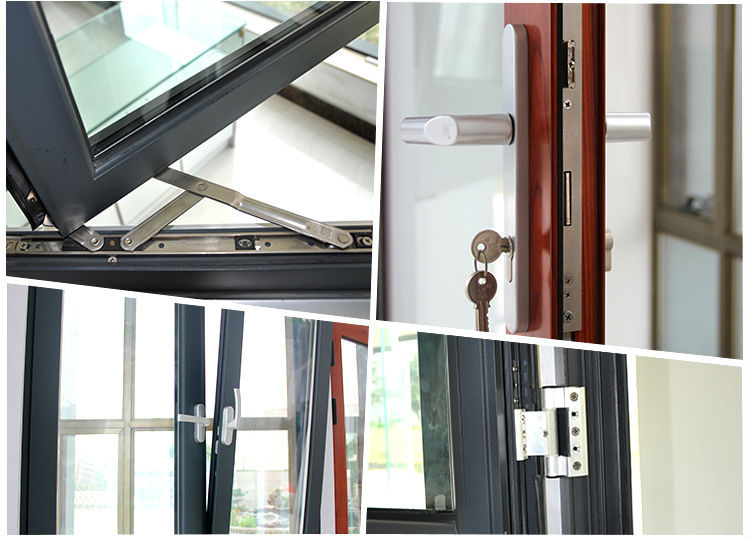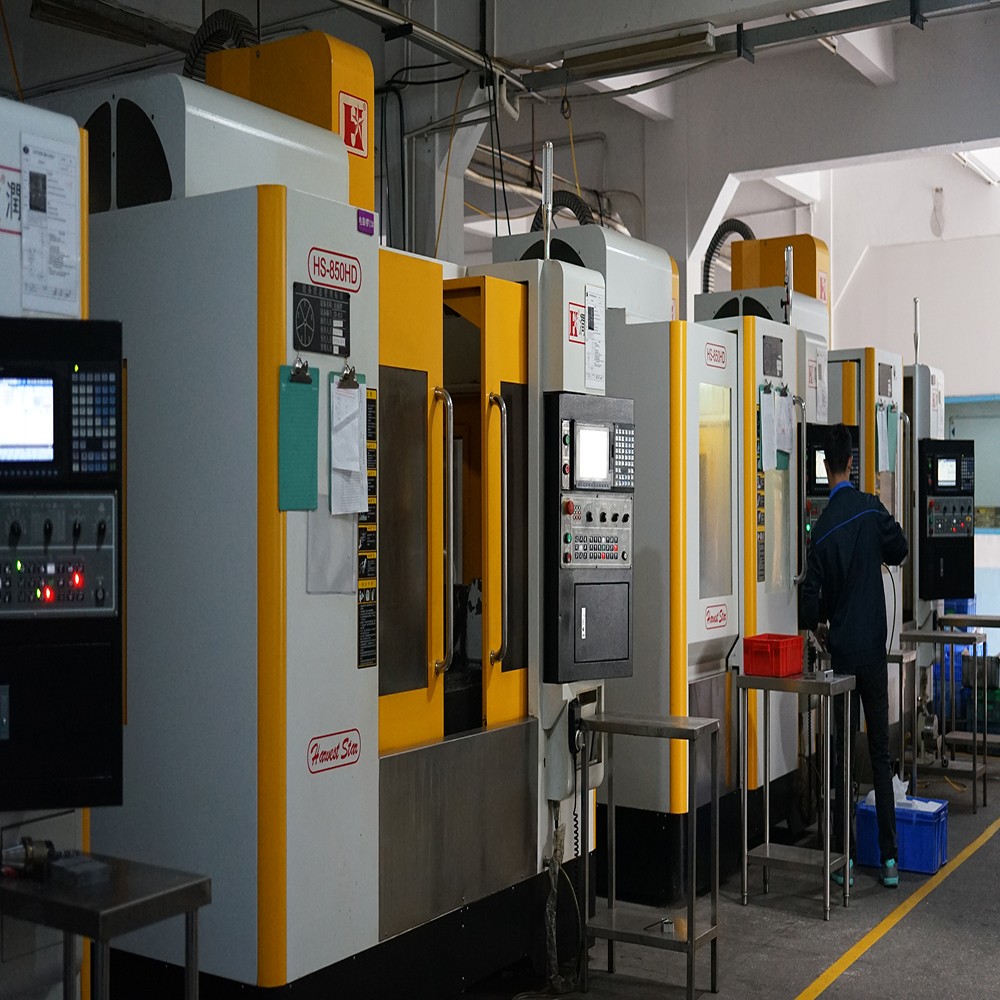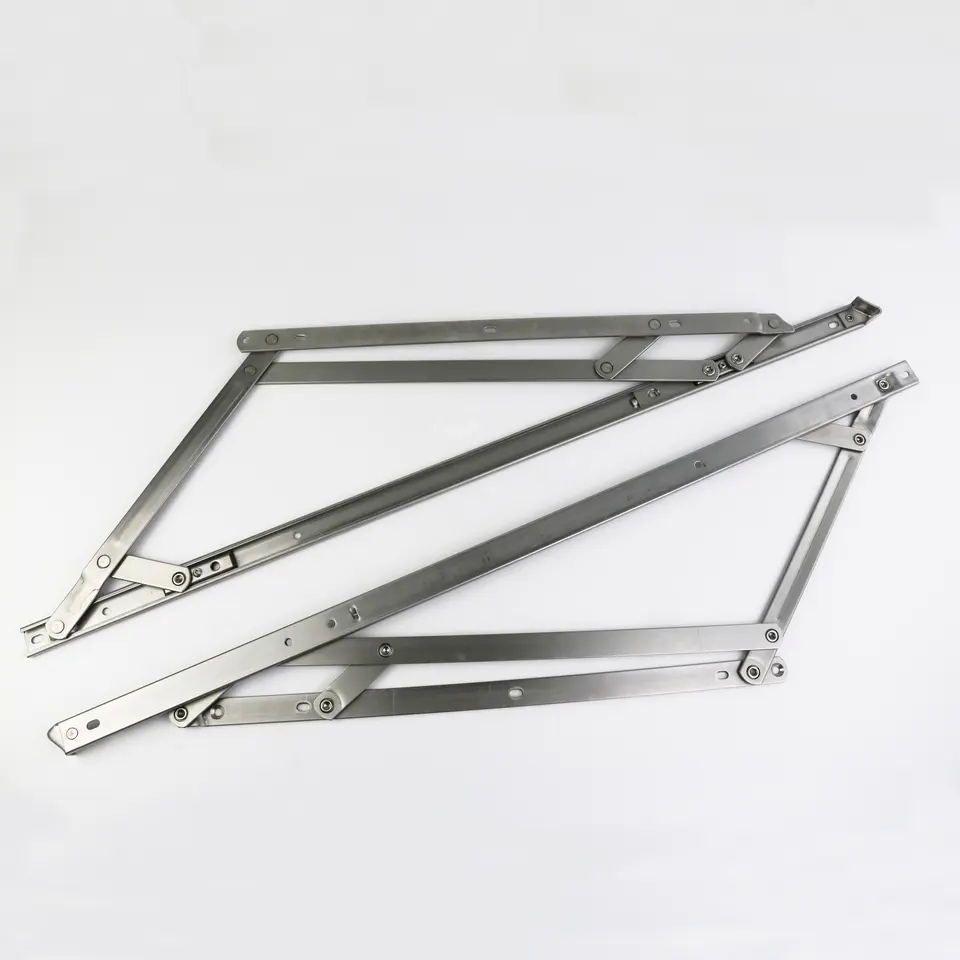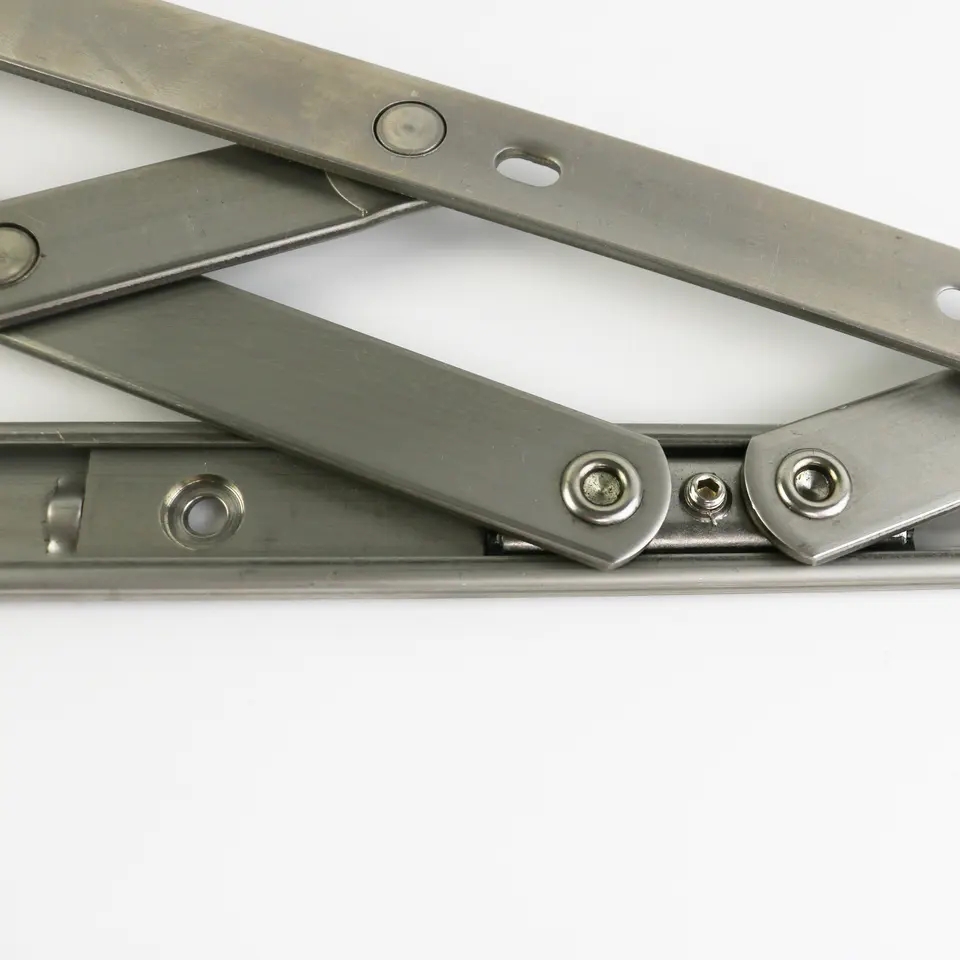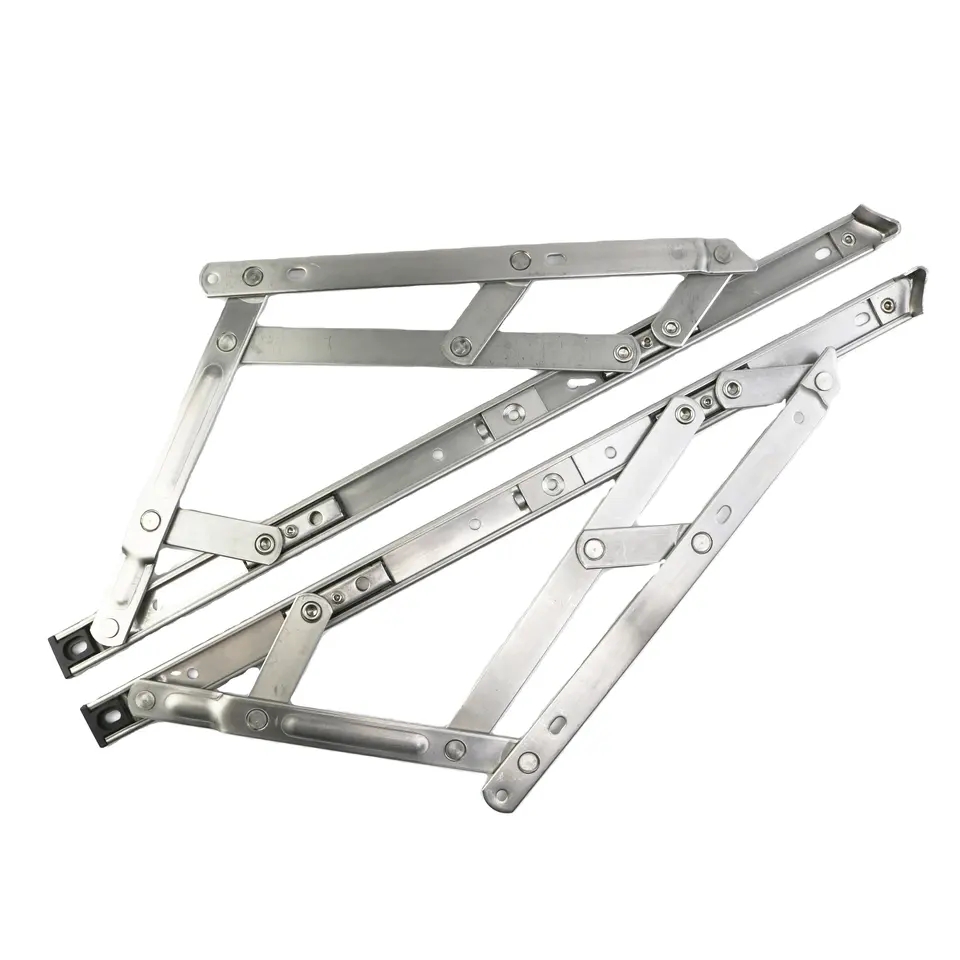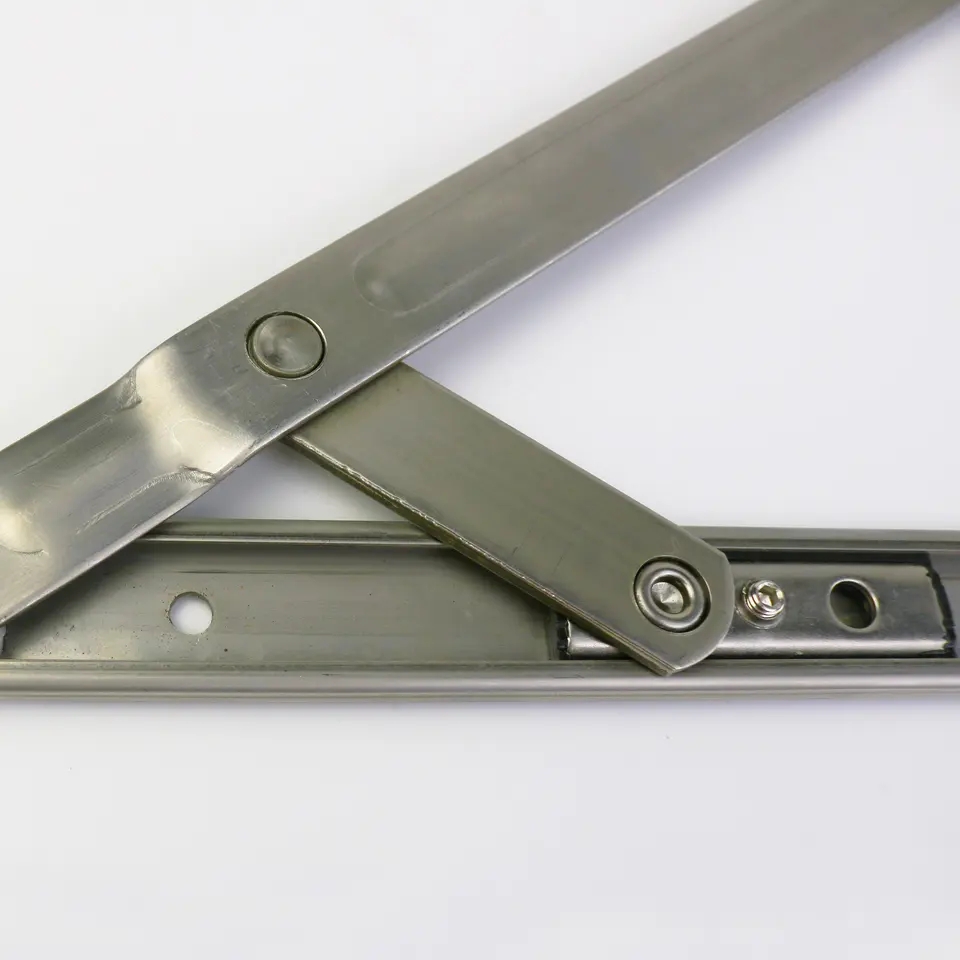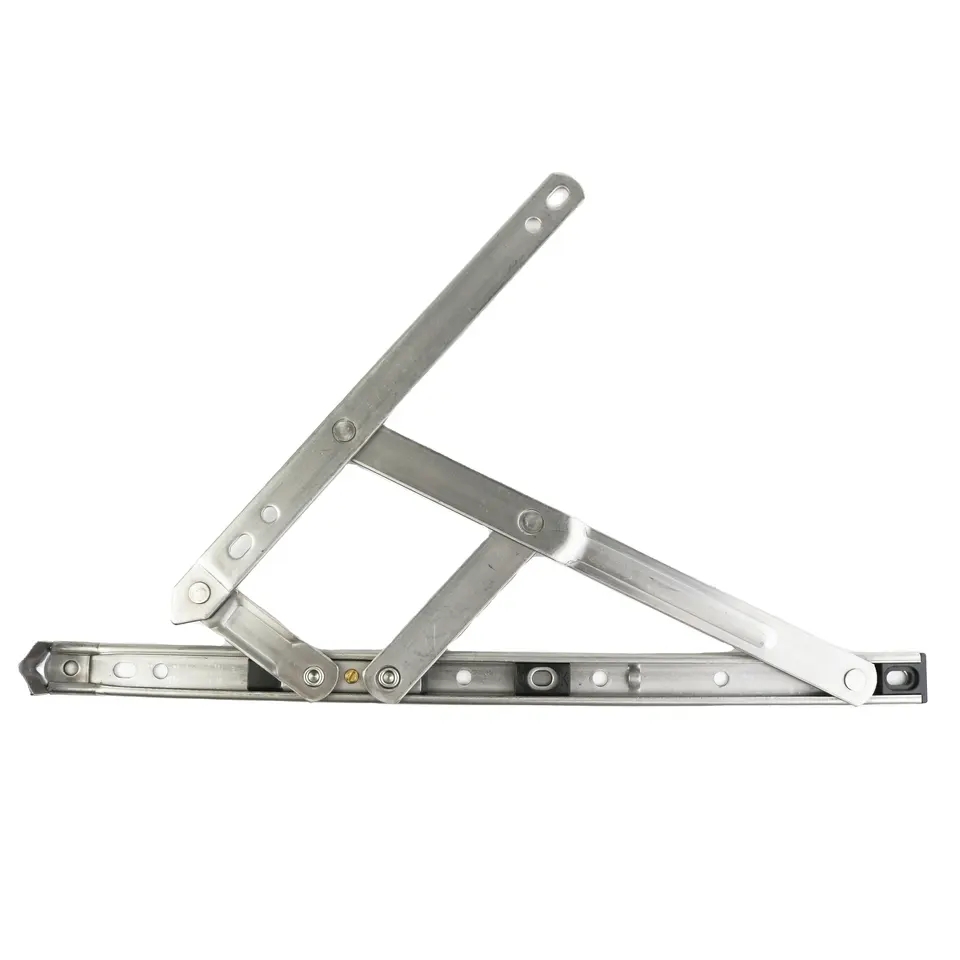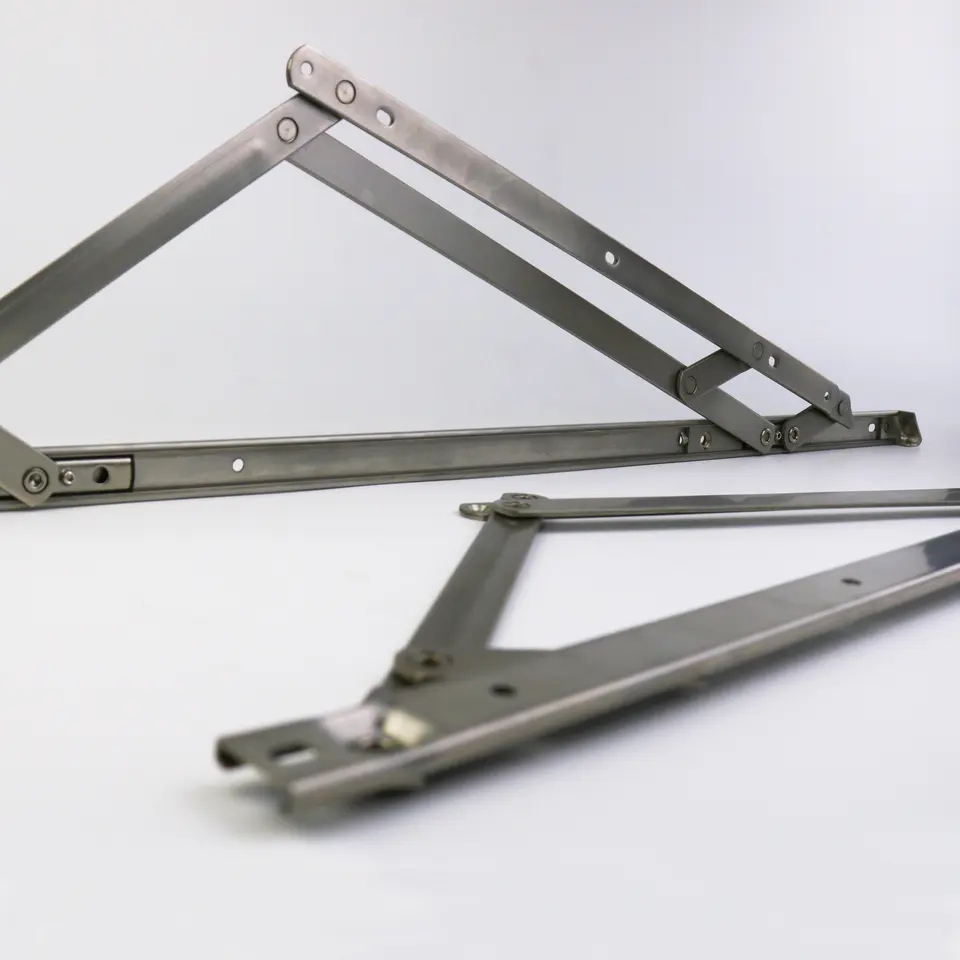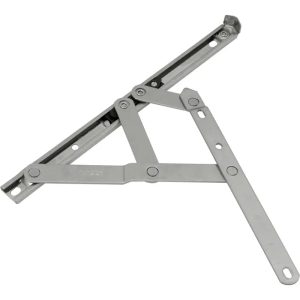Window Hinges: The Art and Engineering of Architectural Movement
Introduction
Within the canvas of architectural design, window hinges emerge as the brushstrokes that infuse life into structures. These unassuming yet pivotal components bridge the realms of artistry and engineering, orchestrating movement, ventilation, and interaction with the surrounding environment. This article explores the intricate interplay of art and engineering within the realm of window hinges.
Sculpting Aesthetic Flair
Window hinges are sculptors of architectural aesthetics. Their design, whether subtle or ornate, contributes to the visual character of a building. Architects harness this design potential to evoke emotions, create focal points, or weave cohesive design narratives. Hinges thus become integral components that shape a building’s identity.
Engineering Elegance
While aesthetics capture attention, engineering prowess remains the backbone of window hinges. Engineers delve into mechanics, materials, and load-bearing capacities to ensure hinges not only function flawlessly but also withstand the test of time. The science behind the hinges’ movement is an art form in itself, elevating their role to that of precision instruments.
Fluidity of Interaction
The hinges’ choreography of movement is akin to a dance with the environment. They invite occupants to engage with their surroundings – whether it’s the panoramic view of a pivot window or the gentle breeze facilitated by an awning window. This fluidity of interaction transforms buildings into dynamic spaces that respond to human presence and nature’s rhythms.
Narratives in Motion
The motion of a window hinge tells stories. Casement windows that swing open convey a sense of invitation and connection, while sliding windows offer a discreet glimpse into the outside world. Architects can manipulate these narratives of motion to evoke specific feelings and enhance the occupants’ experience.
Historical Echoes and Modern Reimagining
Window hinges are historical echoes reimagined for modern contexts. While contemporary hinges harness advanced materials and technology, they pay homage to historical design sensibilities. Reproduction hinges, meticulously crafted to mimic bygone eras, seamlessly integrate into both heritage preservation projects and contemporary designs.
Security as an Aesthetic Component
Modern window hinges seamlessly blend security with aesthetics. Their discreet integration of advanced locking mechanisms and tamper-resistant designs ensures that safety doesn’t compromise beauty. Architects can confidently create spaces where both occupants and design integrity are safeguarded.
Sustainability and Environmental Harmony
In the pursuit of sustainable design, window hinges emerge as allies. They enable passive cooling, daylighting strategies, and natural ventilation, aligning with eco-conscious architectural principles. The hinges’ role in optimizing energy efficiency contributes to creating environments that coexist harmoniously with nature.
Future Compositions
As architecture evolves, window hinges are poised for innovative transformations. Smart hinges that respond to occupant preferences, sustainable materials that push the boundaries of design, and mechanisms yet to be imagined will shape the future of hinges. These hinges will continue to merge the realms of art and engineering, composing new chapters in architectural movement.
Conclusion
Window hinges stand as exemplars of the fusion of art and engineering within architecture. Their role in orchestrating movement, embracing history, and embracing innovation illustrates the multifaceted nature of architectural design. Architects, attuned to the dynamics of window hinges, wield them as tools to craft spaces that seamlessly blend beauty and functionality, leaving an indelible mark on the built environment.
